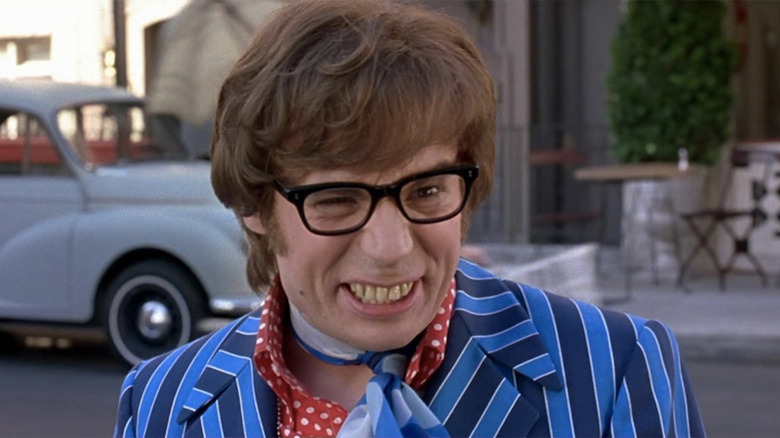It’s not possible to overstate Quincy Jones’ affect on music and the music enterprise all through the second half of the twentieth century. There wasn’t a style that Jones, who handed away yesterday on the age of 91, could not grasp as a composer, producer, performer, or all three. He kicked off his profession enjoying trumpet for vibraphone god Lionel Hampton, served as trumpeter and music director for Dizzy Gillespie, and produced effervescent pop hits like “It is My Social gathering” for Lesley Gore whereas increasing his vary compositionally through jazz LPs and, maybe most significantly, movie music — a discipline the place the African-American artist stood out amongst a sea of white males.
Curiously, there is not as a lot severe scholarship on the work of Jones, which is fairly astounding contemplating his seismic Nineteen Seventies and ’80s impression as a producer for Michael Jackson on two of the top-selling LPs of all time (“Off the Wall” and “Thriller”), in addition to his pivotal function in bringing collectively a few of the world’s most well-known (and, in some circumstances, egotistical) musicians for “We Are the World.” Have in mind we’re simply faintly scratching the floor of Jones’ accomplishments over his astonishing seven-decade profession. There’s additionally his legendary collaborations with Frank Sinatra (that association of “Fly Me to the Moon” you sing within the bathe? That is Quincy), Rely Basie, and Duke Ellington. And remember he introduced “The Recent Prince of Bel-Air,” a vitally vital Black sitcom, to America’s dwelling rooms.
As for Jones’ personal music, there are such a lot of good albums boasting all kinds of soundscapes, and so many movie and tv scores bursting with mood-enhancing cues and irresistible hooks. So far as I am involved, he composed the best sitcom theme track of all time with “Sanford and Son,” however for a lot of the theme for which he’ll at all times be most fondly remembered was utilized in a few movies previous to offering the groovy backdrop for essentially the most incorrigibly rambunctious undercover agent to ever shag his means throughout the silver display screen.
Austin Powers and the groovy rebirth of Mike Myers
The second that rescued Mike Myers’ profession arrives a bit of over a minute into “Austin Powers: Worldwide Man of Thriller.” The star, who’d rocketed to fame within the early Nineties through his portrayal of basement dwelling headbanger Wayne Campbell, had disappeared from the favored tradition after the wholesale rejection of “So I Married an Axe Assassin” and “Wayne’s World 2.” 4 years after these failures, Myers was poised for a comeback with a hirsute, horndog British superspy with yellowy tooth. The angle and catchphrases had been all there. What he wanted was an introduction. What he bought was Quincy Jones’ “Soul Bossa Nova.”
Music followers had been acquainted with Jones’ three-minute blast of lounge lizard cool from his 1963 album of the identical title. It is an ineffable composition, extra prone to rating a Pink Panther cartoon than the onscreen entrance of a hard-partying James Bond. However Austin Powers was a sui generis creation who was seemingly born to the cue.
It is vital to keep in mind that “Austin Powers: Worldwide Man of Thriller” was not a blockbuster success in 1997. Audiences had been leery of Myers, and never precisely within the temper for a space-age spy spoof. The movie did wonderful commercially, but it surely did not develop into a sensation till it hit the house leisure window. And I do not assume there would’ve been a trilogy of Austin Powers motion pictures with out Jones’ “Tremendous Bossa Nova.”
Quincy Jones may make the dorkiest undercover agent in movie historical past the epitome of cool
Jones had used the cue in his rating for Sidney Lumet’s 1964 drama “The Pawnbroker,” whereas Marvin Hamlisch inserted an association of the observe just a few years later into Woody Allen’s zany “Take the Cash and Run.” Thereafter it was mothballed for essentially the most half, which made it appear insouciantly of the second when it popped up on the outset of Myers’ first Austin Powers foray. As these flutes sing like songbirds over the bossa nova percussion, a smile explodes throughout your face. Is that this the happiest music you have ever heard? Pair this with Myers strutting, bounding and dancing with garishly costumed mods and cops on a crowded metropolis road, and also you’d should be the worst sort of killjoy to not give your self over to the overwhelming glee.
How did the track’s creator really feel about its turn-of-the-millennium rebirth? Jones was happy sufficient about it to cameo because the conductor of a brand new association over the opening credit of 2002’s “Austin Powers in Goldmember” (a sequence so pleasant that we’ll forgive the movie’s unlucky Osbournes cameo). For Jones, whose enterprise savvy was a key element of his success and longevity, rediscovery was as vital as discovery. And as a keeper of the jazz flame, he knew that children may simply discover a strategy to his good mentors like Duke, Basie, and John Coltrane by means of his music.
Curiosity is essential to main a superb, lengthy life, and Jones, as evidenced by this flip of occasions, was as focused on trying ahead as he was trying to his remarkably eventful historical past. We had been so very blessed to have him, none extra so than Mike Myers. So, once you’re enjoying “Soul Bossa Nova” on a loop at present, tip your cap to Q and let unfastened a “Yeah child!” on his behalf.










